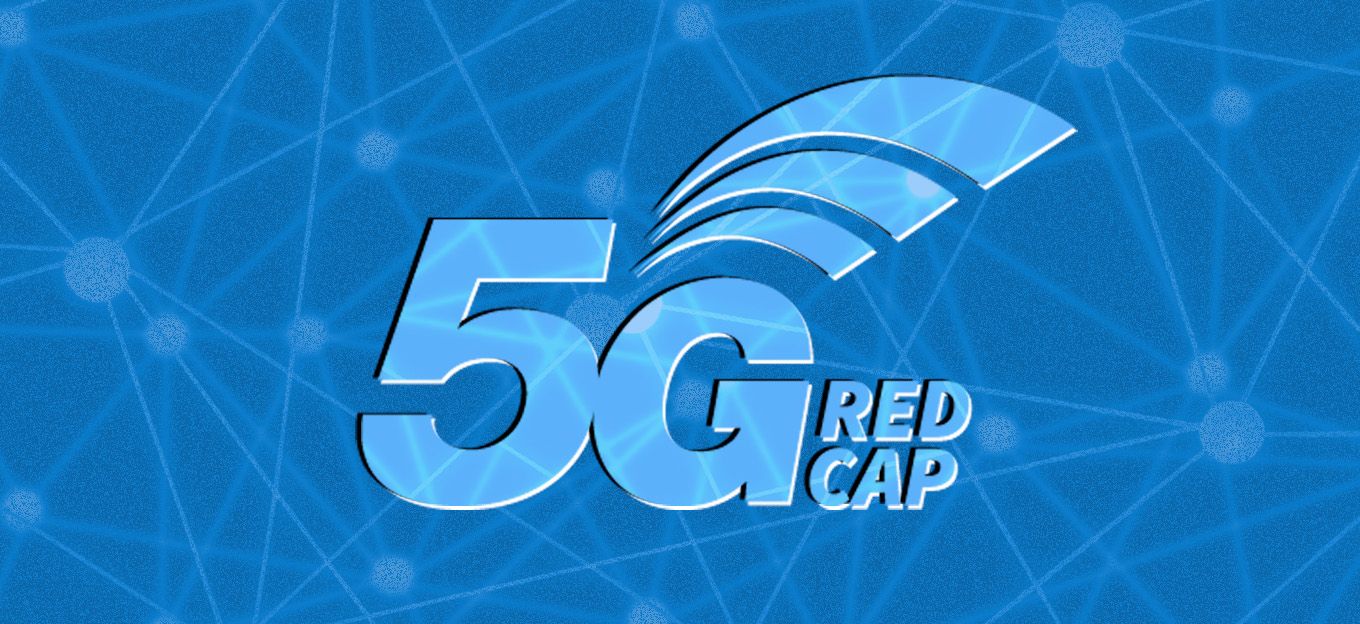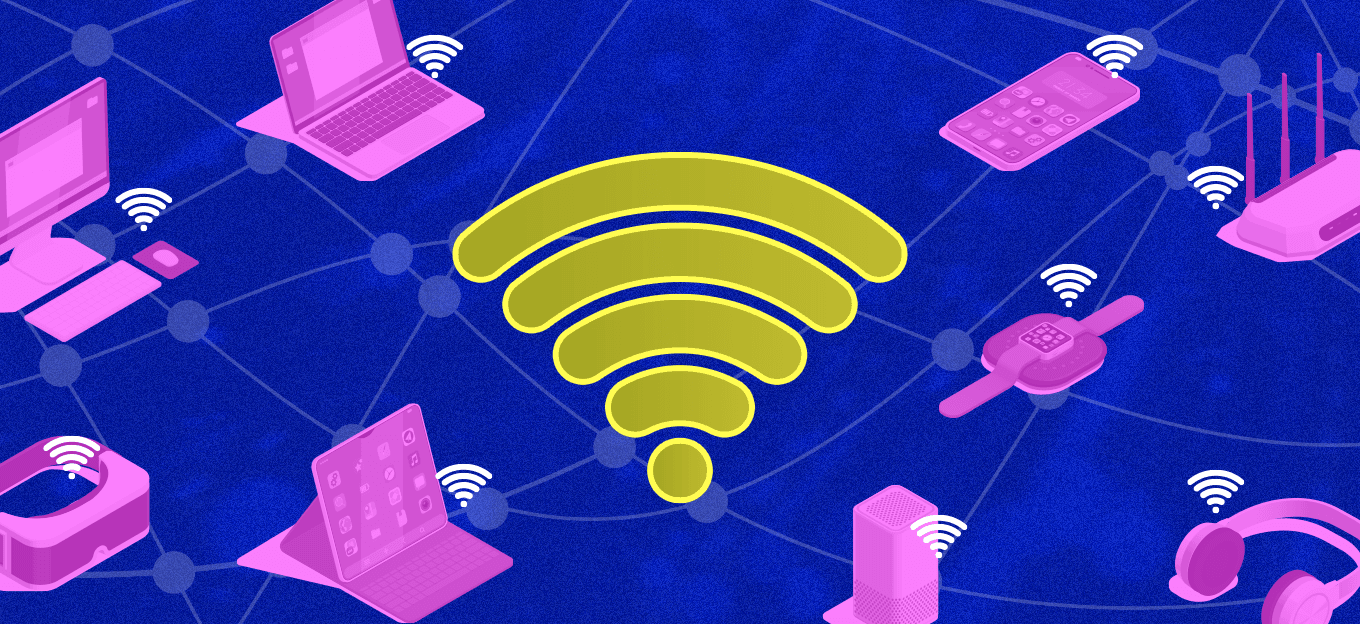5G: Coming to a Connected Home Theatre Near You
5G: Coming to a Connected Home Theatre Near You
- Last Updated: December 2, 2024
Veego Software
- Last Updated: December 2, 2024



5G technology is all the rage. Currently, 115 mobile telecoms in 64 countries are in the throes of 5G network rollouts. In the US, all the major carriers are busy deploying 5G. Apple has just released its first 5G-capable iPhone. Earlier this year, Samsung and a few other leading mobile phone manufacturers brought their Android-based 5G-ready smartphones to the hands of early adopters. 5G is definitely on its way.
The new technology promises higher throughput rates (up to 10 Gbps), enabling us to download and consume internet services faster than ever. Once the spectrum, backhaul, and a few other issues are finally addressed (along with the outlay of billions of dollars to build and upgrade millions of cell-sites), we will be able to enjoy high-speed 5G services just as we have enjoyed 2G, 3G, and 4G. Growth is projected to be ultra-swift.
Industry experts expect there to be a major move toward 5G-aware home devices and applications by 2023. In the US, all major telecoms carriers are busy deploying 5G. It's safe to say: 5G is definitely on its way.
5G technology is not just the speedy successor of 4G. It might very well become the tipping point that enables us to use cellular networks, not only for our smartphones but also for our laptops, smart TVs, home security systems, and many more services in and around our homes.
Let’s take a look at how 5G might evolve in our connected homes and what might change as a result.
5G Expansion
Since there isn’t much deployment of 5G yet, there isn’t a lot to consider from the connected home's perspective today. According to the Enterprisers Project, in 2019, only 10 million people were using 5G services worldwide out of 3.5 billion mobile internet users. 5G isn’t on our radar screens just yet.
However, IDC forecasts that the number of 5G connections will surpass 1 billion in only three more years. That constitutes an astounding 217% compound annual growth rate (CAGR) during the five-year period from 2019 through 2023. I note six major factors that will be responsible for the dazzling rise in 5G adoption:
- Expanded availability of 5G networks
- Decreased prices for smartphones and other 5G-aware devices
- Increased demand for data (creation and consumption)
- A jump in the number of connected “things” supported by the proliferation of IoT
- Speed of data download and access
- Real-time operation of apps complemented by the mobility that 5G offers
Evolution of the Connected Home in the World of 5G
Today, most of us connect to the internet via a home router that provides WiFi wireless connectivity throughout our home. Where coverage is a problem, we add extenders or mesh networks to ensure our growing population of in-home connected devices receives consistently good WiFi signal. The home router connects to the internet via our Internet Service Provider’s landline telephone or cable network. But in the world of 5G, that might change.
Leading 5G mobile network operators, in conjunction with advanced home-router suppliers, are developing and deploying 5G/WiFi dual-technology routers for home use. These routers continue to make use of WiFi as the in-house wireless communication medium. Instead of connecting to the internet via telephone wire or cable, they use the high-speed 5G cellular network for that purpose. Home users can deploy these “combo” routers without replacing their current in-home connected devices since the WiFi part remains the same. The last mile and the backhaul now move from the telephone or cable network to the cellular network. In effect, these new combo routers threaten to cut telephone cable network-based ISPs out of the picture altogether.
Thus, we can look forward to a great deal of competition between legacy and new Internet Service Providers entering the market via their 5G networks. We foresee a slow-but-steady build-up of competitive forces post-2021 when 5G achieves national coverage.
5G and WiFi
An additional evolutionary step—likely beyond 2022—could occur if connected-device developers decide to make their devices 5G-aware. These devices would be able to connect to the 5G mobile network from the home the same way our smartphones connect to the mobile network (from the home or anywhere else that coverage is provided). The wind under the wings of the flight from in-home WiFi to 5G will come from the mobility that 5G provides.
While WiFi-bound, in-home devices cannot move very far from the home router without losing coverage, direct-connected 5G devices can offer complete mobility wherever there is a 5G signal in the air. We enjoy this mobility level with our smartphones, and many other applications will benefit from it. It's no wonder that Gartner expects connected cars—what’s more mobile than a car?—to become the biggest opportunity for 5G IoT in the long term, but the effects on the connected home will also be significant.
By 2023, we should see a major move toward the success of 5G-aware home devices and applications. ISPs who depend on landline or cable connections to the home will be under pressure from the wireless competition over home internet subscribers.
The Most Comprehensive IoT Newsletter for Enterprises
Showcasing the highest-quality content, resources, news, and insights from the world of the Internet of Things. Subscribe to remain informed and up-to-date.
New Podcast Episode

Moving Past the Pilot Phase in IoT and AI
Related Articles




